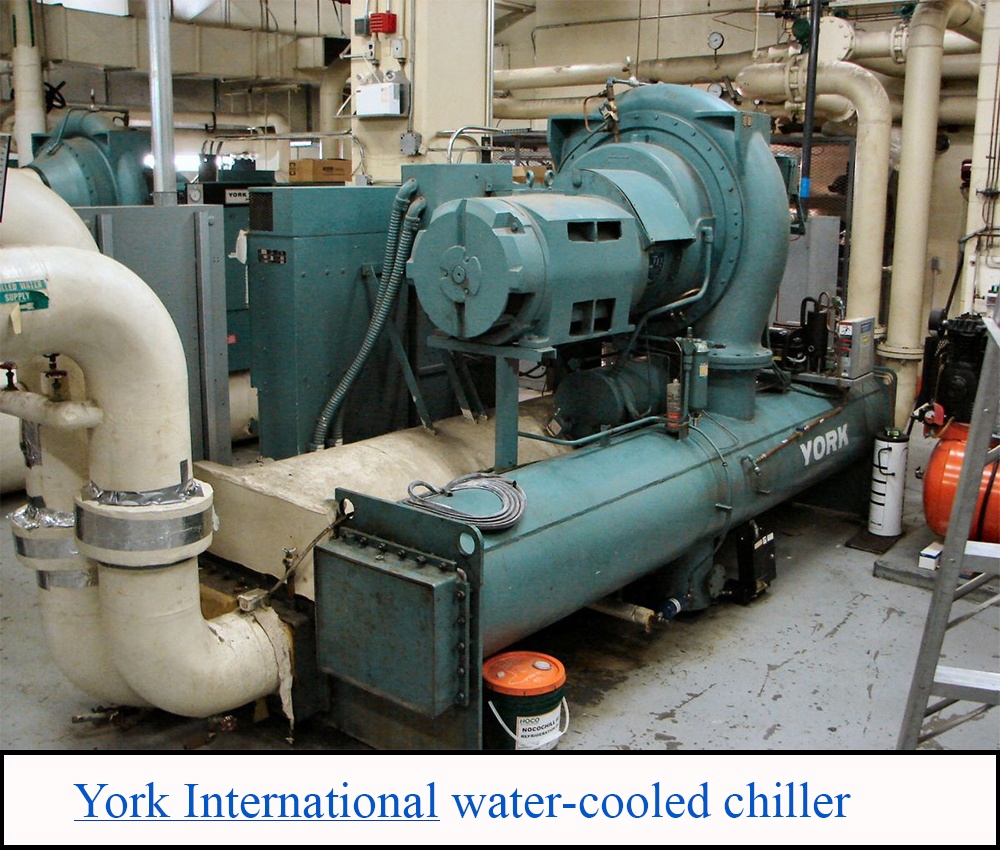District Cooling and the Effects of Low Delta T
 District cooling is the centralized production and distribution of cooling energy. Chilled water is delivered from a centralized energy plant through an underground pipeline to commercial, industrial, and residential buildings to air-condition using chilled water. Excess heat is extracted from the building by the air conditioning systems’ heat exchangers. The water is then returned to the central energy plant.
District cooling is the centralized production and distribution of cooling energy. Chilled water is delivered from a centralized energy plant through an underground pipeline to commercial, industrial, and residential buildings to air-condition using chilled water. Excess heat is extracted from the building by the air conditioning systems’ heat exchangers. The water is then returned to the central energy plant.
District cooling plants operate to meet the cooling energy demand of their customers, which could be dozens of buildings in a college campus or municipality. District cooling systems offer lower up-front construction costs and eliminate the need for chiller plant maintenance at the building level.
Customers of a district cooling plant pay for the volume of chilled water delivered to their building and may pay other charges as well. A peak demand charge may be assessed and penalties for returning water below the design or contracted temperature due to poor heat exchange. Our industry has proven that lower return water temperatures and low delta T decrease the efficiency of the entire chilled water system. This condition is known as “Low Delta T Syndrome.” Low Delta T syndrome is the result of the inefficient use of chilled water at the point of consumption. Belimo is sponsoring a webinar with High Performance Building on District Cooling and the effects of low Delta T. This recorded webinar will provide a review of district chilled water system design and how low Delta T impacts both the chillers and the buildings the chillers are serving. We will also cover low Delta T and how it impacts pumping, causes of low Delta T, attempts to correct low Delta T and the relationship between low Delta T and chiller capacity. In conclusion, we will review a study of a building where “Low Delta T Syndrome” was corrected at the point of water to air heat transfer.
Webinar Objectives:
- Identifying the importance of system design and pumping arrangements
- Understanding the relationship between GPM and Delta T
- How to calculate Btu and Tons
- The types of district cooling building connections
- Why maintaining Delta T is important in a district cooling system
